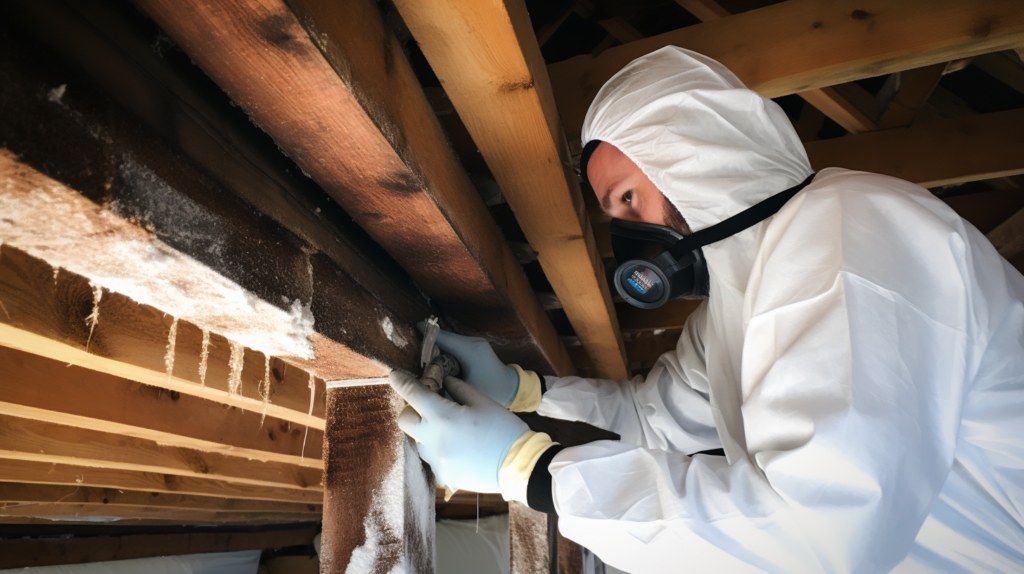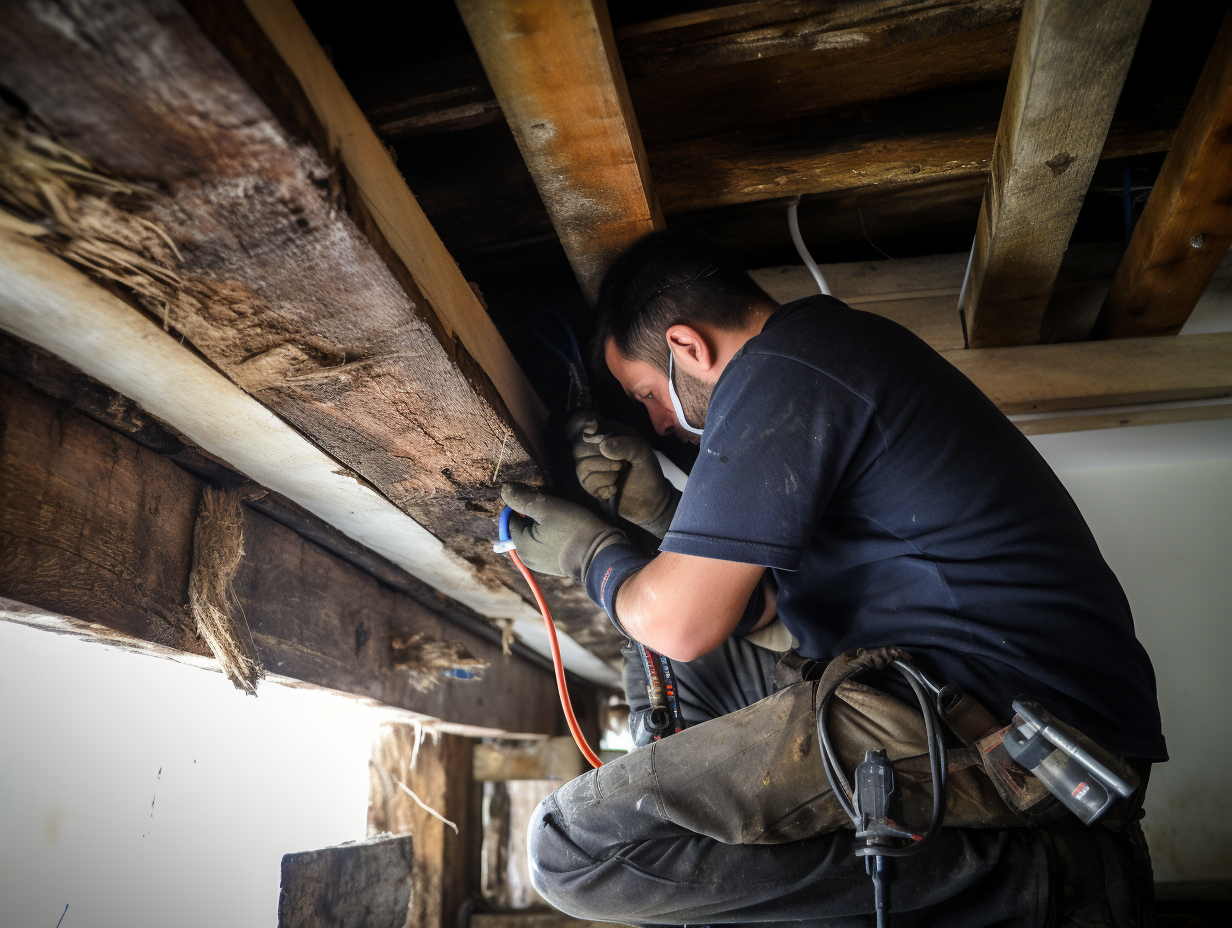timber treatment

Preserve the strength of your property with our specialist timber treatment services across Cardiff and South Wales. We offer comprehensive solutions for timber decay, including woodworm, wet rot, and dry rot. Our treatments are designed to secure your property’s structure, ensuring its longevity.
Timber treatment is not just a service, it’s an essential preventative. We excel in tackling woodworm, diagnosing and treating wet or dry rot. We deliver rigorous inspections and services to protect your property’s wooden components.
- Specialist timber treatment services in Cardiff and South Wales.
- Expertise in dealing with woodworm and both wet and dry rot.
- Comprehensive timber decay solutions.
- Free quotes to ensure transparency and trust.
- Streamlined process from initial evaluation to the final treatment.
- 100% satisfaction guaranteed through superior workmanship.


Get a free quote
Other services
Identifying and Treating Timber Decay
Recognizing the Signs of Timber Decay
Signs of timber decay include soft and crumbly wood, visible fungal growth, a dry or damp, musty smell, and discolouration of the wood. If left untreated, these signs may worsen, causing structural damage.
Treating Timber Damp
Treating timber decay involves diagnosing the type of decay, removing the source of dampness, and treating affected areas. This may involve removing decayed timber, treating remaining and new timber with preservatives, and ensuring adequate ventilation to prevent future issues.
Post-Treatment Actions and Prevention
Once the damp source is isolated, damaged woodwork should be replaced with treated timber. Proper ventilation is crucial to prevent dampness and timber decay. Prevention focuses on effective damp control, use of treated timber, and regular property inspections.
The Importance of Early Detection
Early detection of timber decay simplifies treatment and minimises cost. Regular checks can help prevent the spread of decay. If timber decay is suspected, contact a professional surveyor or a timber treatment specialist for an effective analysis and treatment plan.
Our process
ROBUST AND RELIABLE
Our process is meticulous, focusing on restoring the integrity of your property’s timber.
01.
ASSESS THE CONDITION
Our certified surveyors conduct a thorough evaluation to establish the severity of the timber decay.
02.
PLAN THE TREATMENT
With insights from the assessment, our team devises a customised treatment plan that suits your property effectively.
03.
EXECUTE THE TREATMENT
We then embark on the treatment process, preserving and restoring the health of your property’s wood with an unwavering attention to detail.
Other services
- Damp Proof Course
- Dry Rot
- Timber Treatment
Timber Treatment FAQs
What are the signs of woodworm, wet, and dry rot?
Signs of woodworm include small round holes in your woodwork, similar to the holes in a dartboard and fine, powdery dust around these holes. Wet and dry rot signs include a damp smell, fungal growth, and timber shrinking or warping.
What can I expect from your timber treatment services?
Our service starts with a comprehensive evaluation to understand the extent of the timber decay. Following this, we design a customised treatment plan and execute the treatment, ensuring your timber’s preservation and restoration.
How long does timber treatment last?
The longevity of timber treatment depends on several factors, including the severity of the decay, the type of treatment applied, and the property’s conditions. However, a professional timber treatment can generally last for many years.
Is timber treatment harmful to people or pets?
While some chemicals used in timber treatments can be detrimental if directly handled or ingested, our professionals ensure to apply the treatments safely. Occupants, including pets, should vacate the areas during treatment as a precaution.
